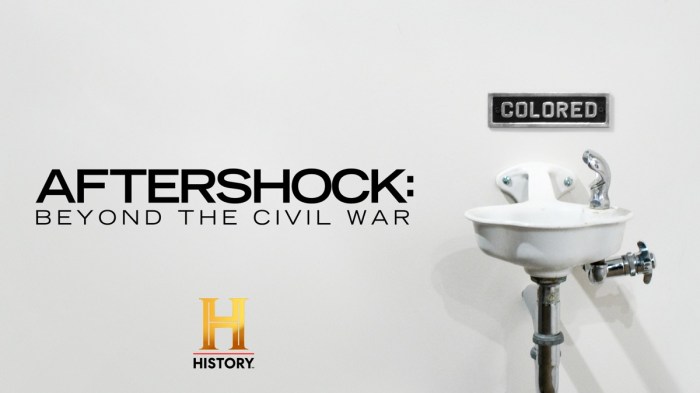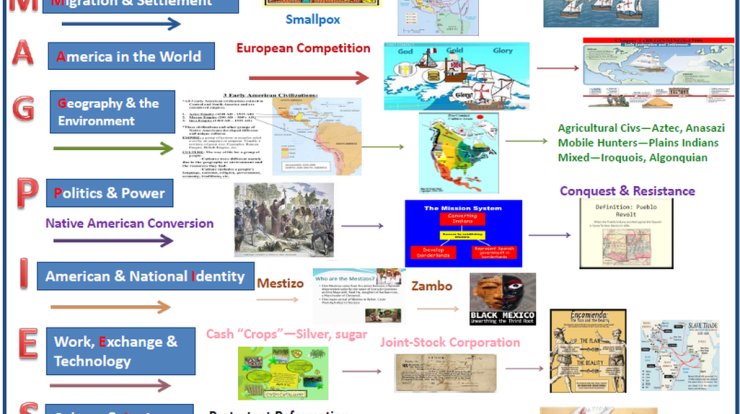Embark on an exploration of FDR’s court packing plan worksheet, a pivotal moment in American history that challenged the balance of power between the executive and judicial branches. This worksheet provides an in-depth examination of the plan’s context, provisions, legal challenges, public reception, and enduring legacy.
As we delve into the intricacies of this plan, we will uncover the motivations behind its inception, trace its chronological progression, and analyze its implications for the Supreme Court and American democracy.
1. FDR’s Court Packing Plan
An Overview
President Franklin D. Roosevelt’s court packing plan was a controversial proposal to increase the number of justices on the Supreme Court of the United States. The plan was introduced in 1937 in response to a series of decisions by the Court that had struck down New Deal legislation.
Timeline of Key Events
- February 5, 1937: Roosevelt delivers his “Fireside Chat” announcing the plan.
- February 22, 1937: The Senate Judiciary Committee begins hearings on the plan.
- July 22, 1937: The Senate votes 70-20 against the plan.
Main Provisions and Goals of the Plan
The court packing plan would have increased the number of justices on the Supreme Court from nine to fifteen. Roosevelt argued that this would allow the Court to be more responsive to the needs of the American people.
2. The Supreme Court’s Response to the Plan: Fdr’s Court Packing Plan Worksheet
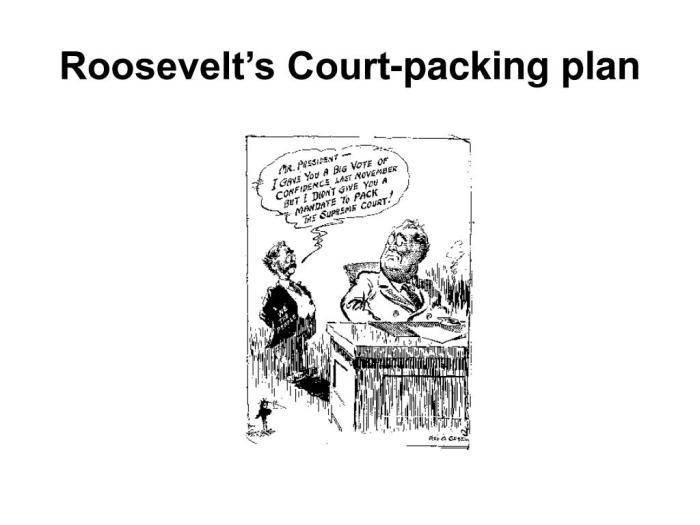
Supreme Court Decisions
The Supreme Court did not rule directly on the constitutionality of the court packing plan. However, in a series of decisions handed down in 1937, the Court upheld the New Deal legislation that had been struck down earlier.
Legal Arguments
Opponents of the court packing plan argued that it was unconstitutional. They contended that the Constitution gives Congress the power to set the number of justices on the Supreme Court, but does not give the President the power to appoint additional justices.
Impact of the Court’s Decisions
The Supreme Court’s decisions in 1937 effectively killed the court packing plan. Roosevelt was unable to secure enough support in Congress to pass the legislation.
3. The Public’s Reaction to the Plan
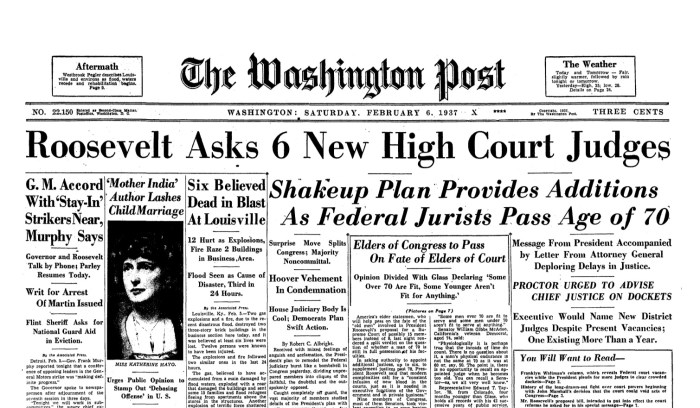
Public Opinion
Public opinion on the court packing plan was divided. Some people supported the plan, arguing that it would make the Supreme Court more responsive to the needs of the American people. Others opposed the plan, arguing that it was unconstitutional and would undermine the independence of the judiciary.
Media Coverage, Fdr’s court packing plan worksheet
The media coverage of the court packing plan was largely negative. Newspapers and magazines across the country denounced the plan as a power grab by Roosevelt.
Influence on the Plan’s Fate
Public opinion and media coverage played a significant role in the failure of the court packing plan. Roosevelt was unable to build enough support for the plan to pass it through Congress.
4. The Plan’s Legacy and Impact
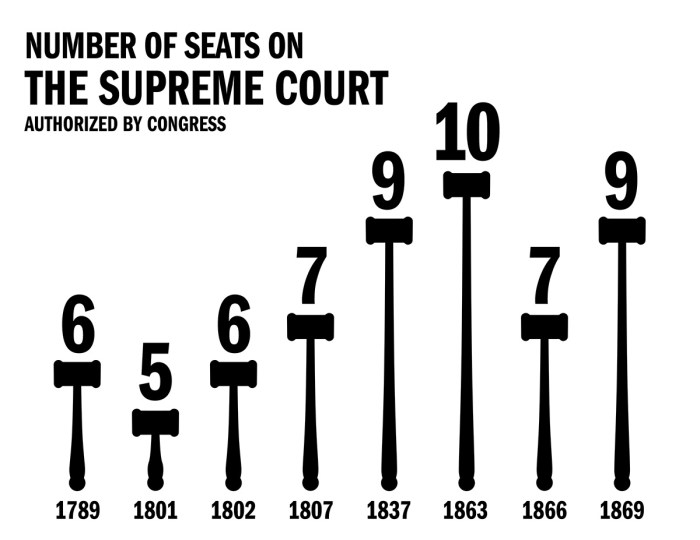
Long-Term Effects on the Supreme Court
The court packing plan had a lasting impact on the Supreme Court. The Court became more cautious in its decisions, and it was less likely to strike down New Deal legislation.
Relationship Between Executive and Judicial Branches
The court packing plan also had a significant impact on the relationship between the executive and judicial branches. The plan showed that the President could not simply ignore the Supreme Court, and that the Court had the power to check the President’s power.
Lessons Learned
The court packing plan taught several important lessons. First, it showed that the Supreme Court is a powerful institution that can check the power of the President. Second, it showed that public opinion can play a significant role in shaping the outcome of political battles.
Third, it showed that it is important to respect the independence of the judiciary.
Quick FAQs
What were the main goals of FDR’s court packing plan?
FDR’s court packing plan aimed to increase the number of justices on the Supreme Court, thereby diluting the influence of conservative justices who had struck down key New Deal legislation.
How did the Supreme Court respond to the plan?
The Supreme Court invalidated the plan in a series of rulings, arguing that it violated the Constitution’s separation of powers.
What was the public reaction to the plan?
Public opinion was divided on the plan, with some supporting FDR’s efforts to reshape the Court and others fearing a power grab by the executive branch.
